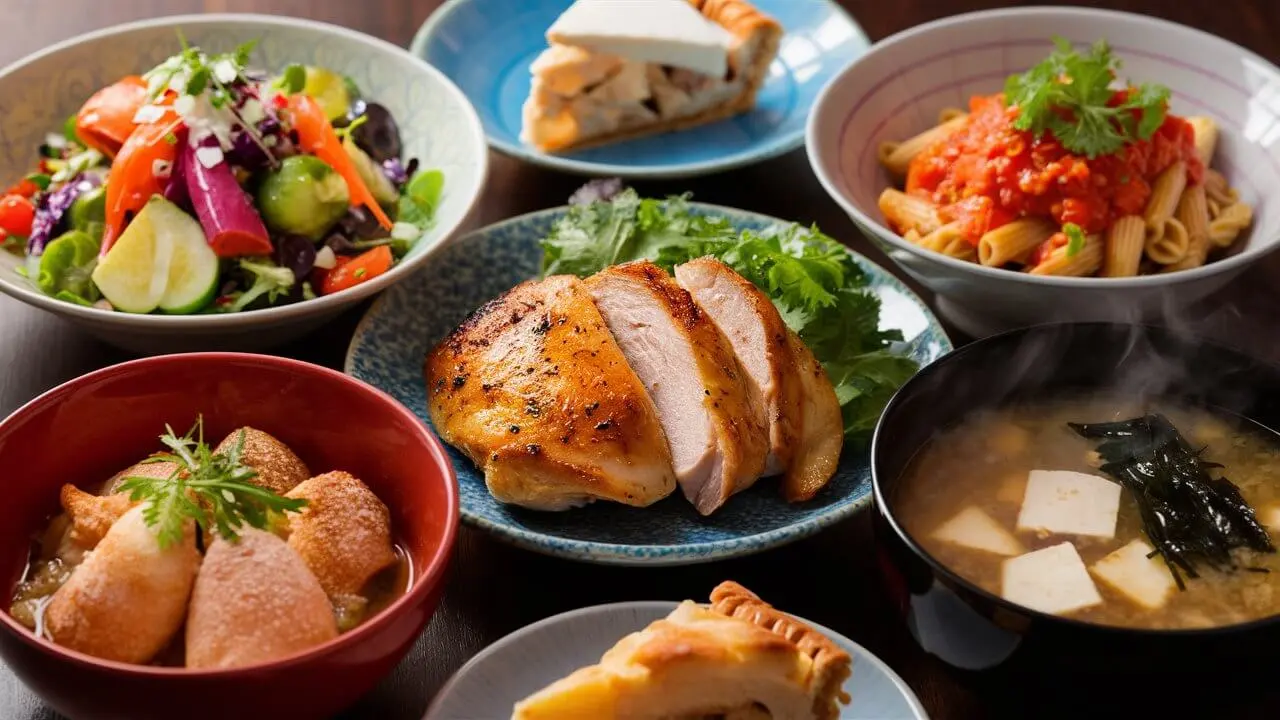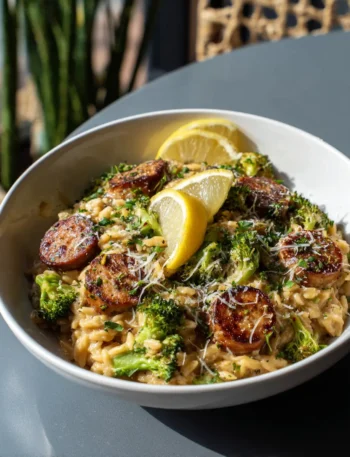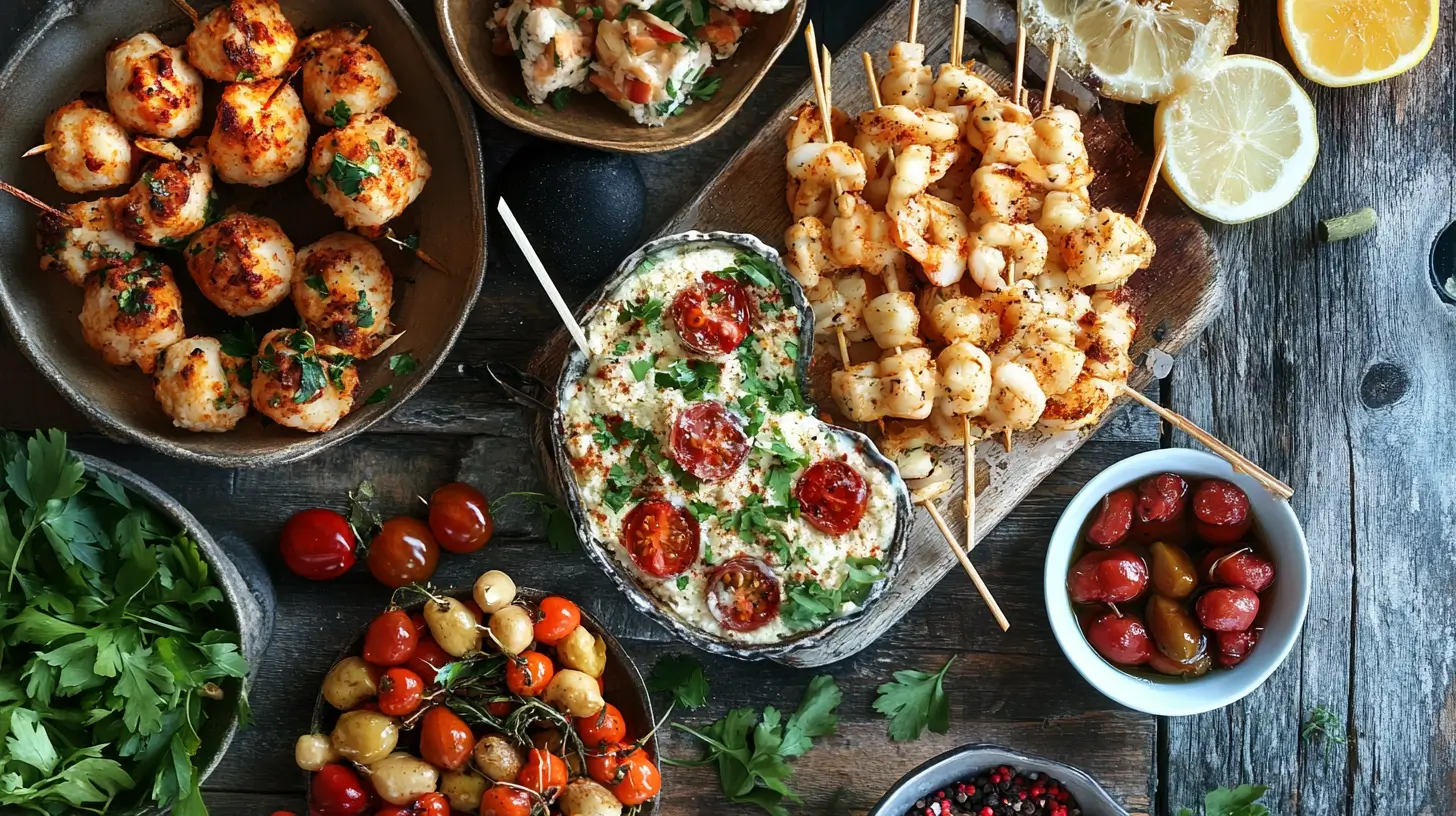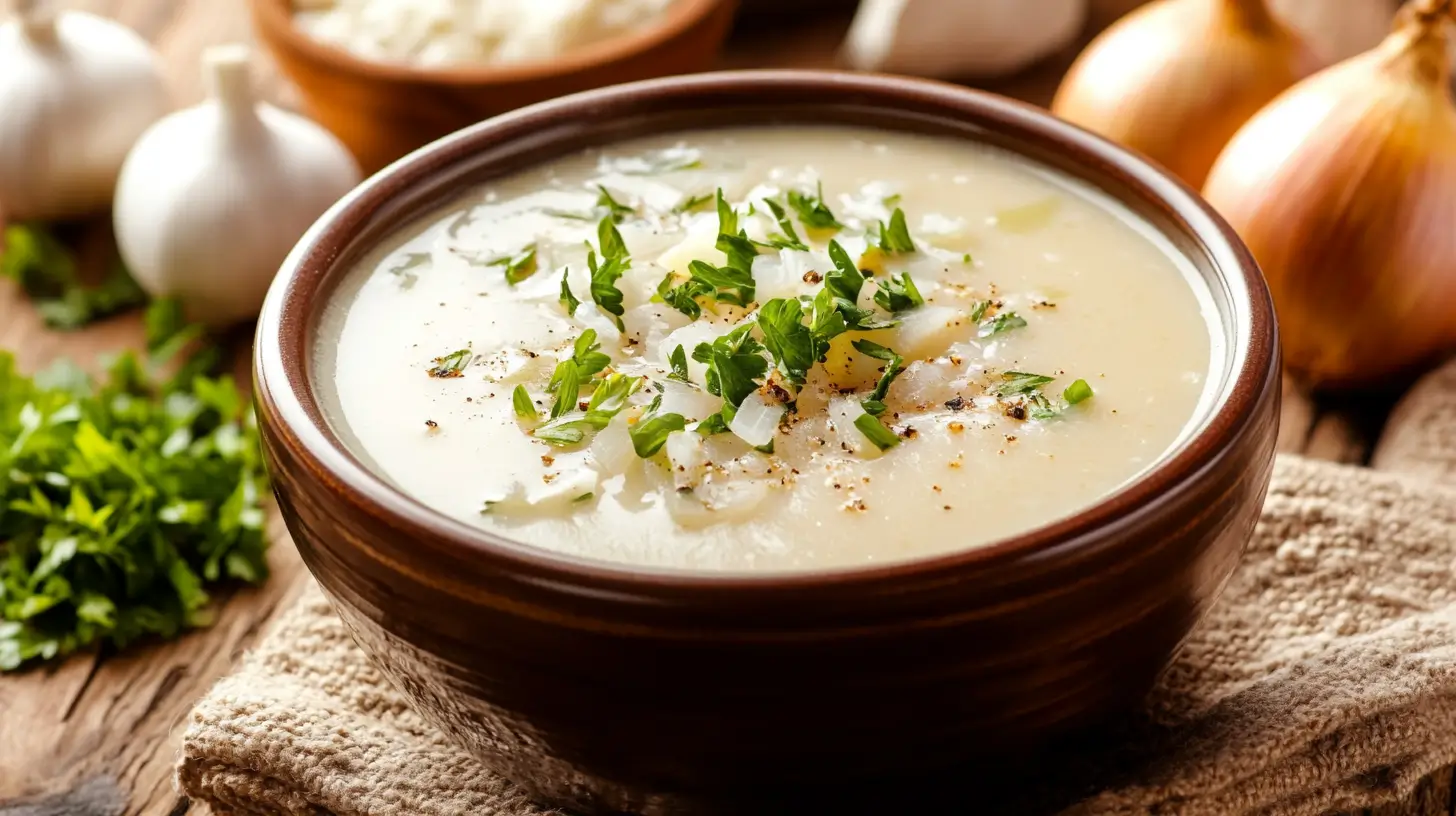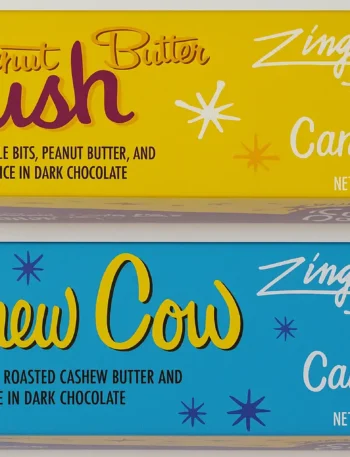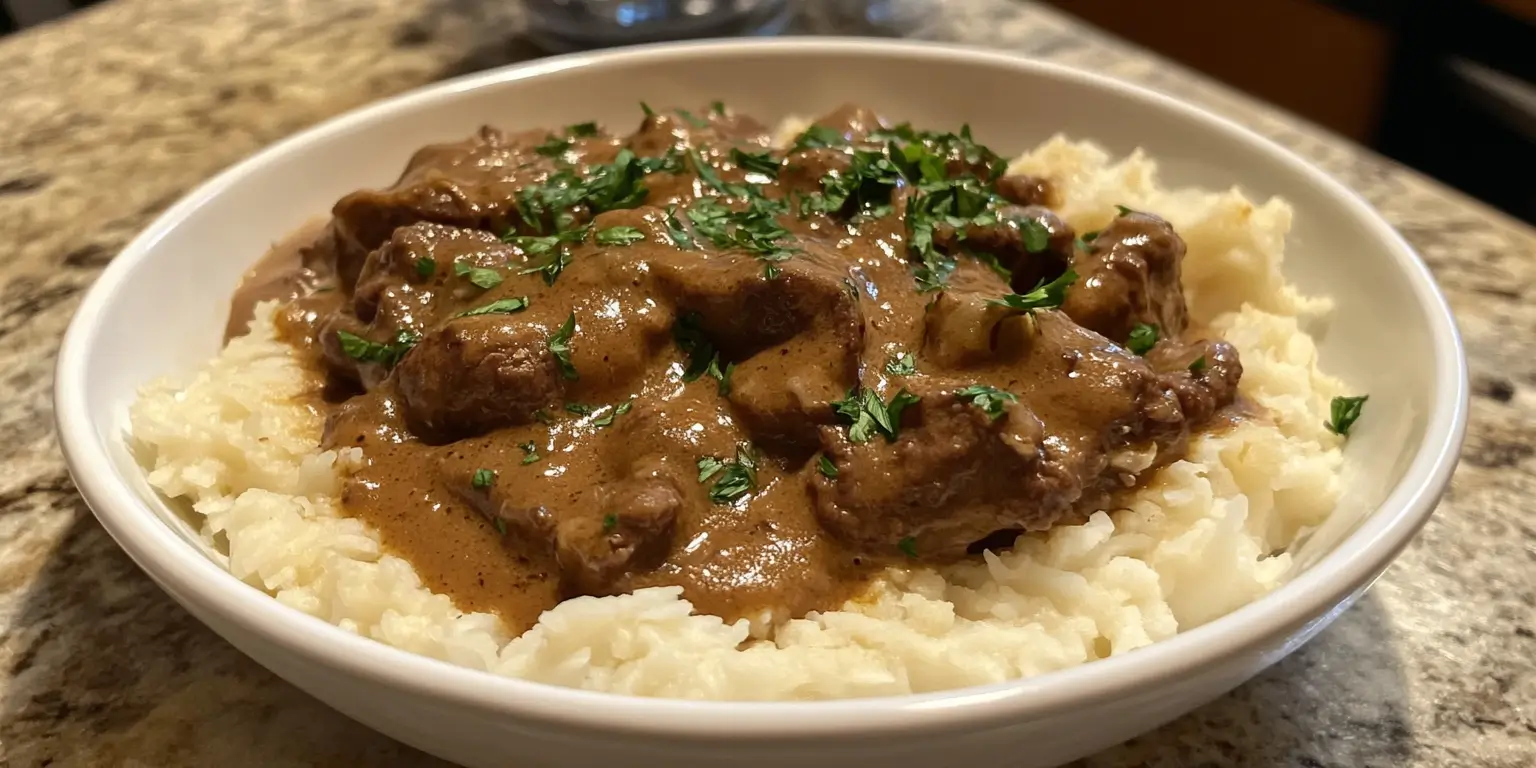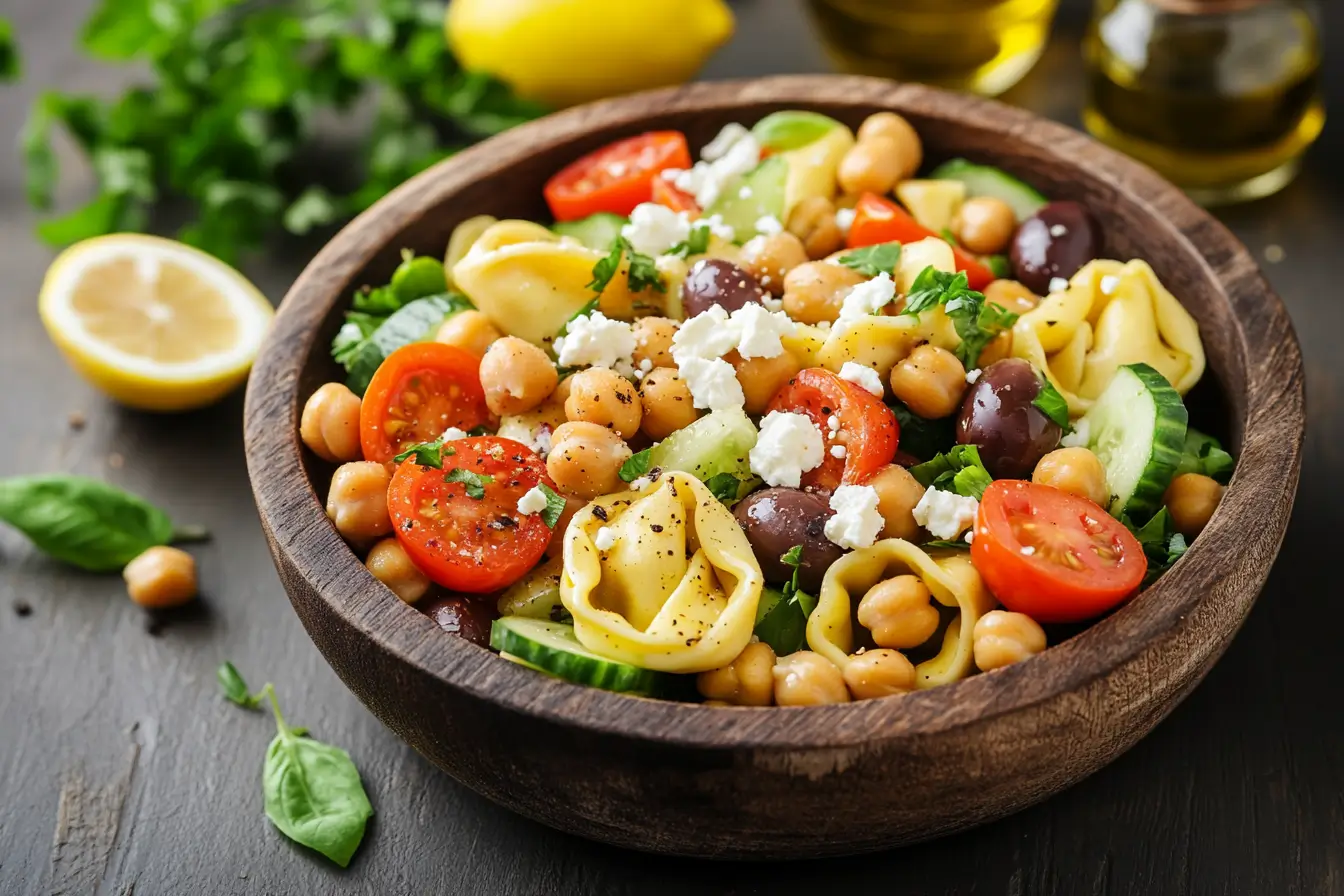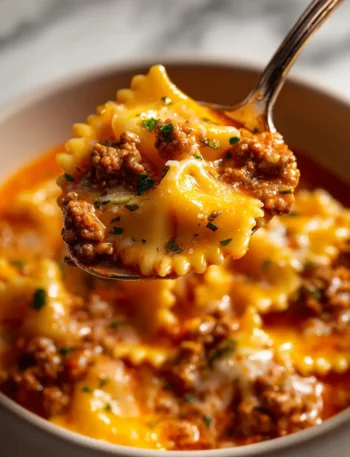Eating well is essential at every stage of life, but maintaining a healthy diet can become more challenging as we age. “As people get older, they engage in fewer high-energy activities,” explains Dr. Valentina Remig, a registered dietitian. “They need fewer calories but still require the same nutrients.” So, Dietary Needs Change with Age.
Why Dietary Needs Change with Age
The Academy of Nutrition and Dietetics recommends that women over 50 consume 1,600 to 1,800 calories per day, while older men need around 2,000 calories daily. Several factors affect the elderly’s dietary requirements and those needing senior care:
- Decreased Saliva and Stomach Acid Production: Aging can reduce saliva and stomach acid production, affecting food digestion. Dietary adjustments may be necessary to ensure proper nutrient absorption.
- Diminishing Senses: Aging can diminish the ability to taste and smell, leading to an overuse of salt and sugar. This can result in health issues such as type 2 diabetes.
- Maintaining Body Weight: It’s crucial to balance calorie intake with reduced physical activity to prevent weight gain, which can lead to high blood pressure, diabetes, and other illnesses. Not eating enough can cause osteoporosis, memory loss, and other conditions.
- Eating Alone: Some seniors may skip meals due to loneliness, which can lead to inadequate nutrition.
- Medication Effects: Certain medications can alter appetite and taste. It’s important to consult healthcare professionals to understand these effects on diet.
Proper Hydration
Staying hydrated is vital for nutrient absorption and overall health. Dr. Remig notes that many older adults have a “decreased thirst mechanism” and might not recognize their need for fluids. Caregivers should remind seniors to stay hydrated by drinking water consistently throughout the day.
Meeting Nutritional Needs
Nutritional requirements change as we age. While most bone mass is acquired by age 18 in girls and age 20 in boys, older adults need more calcium and vitamin D to maintain bone health.
A balanced diet should include:
Protein from eggs, dairy, fish, meats, and poultry
Whole grains, along with other carbohydrates like fruits and vegetables
Fiber
Healthy fats found in fish, oil, nuts, and foods fortified with omega-3 fatty acids
Nutritional and Dietary Support
Elderly individuals often face challenges in maintaining good nutritional habits, such as grocery shopping and meal preparation. In-home caregivers or caregiver agencies can provide valuable assistance with these tasks.
“Driving to the supermarket, affording groceries, and maintaining an appetite are significant challenges for the elderly,” says Elizabeth Tscholl, a registered dietitian at Cherry Creek Nutrition in Denver. Illnesses like Alzheimer’s can further complicate nutrition, as patients may forget to eat or prefer sweet foods, requiring creative solutions to ensure proper nutrition.
Malnutrition in the Elderly
Research estimates that 5-10% of elderly people living in the community are malnourished; about 60% of hospitalized older adults and 35-85% of those in long-term care facilities experience malnutrition. The American Society of Parenteral and Enteral Nutrition emphasizes that malnutrition remains a significant issue, leading to hospital re-admissions and high healthcare costs.
Malnutrition happens when the body fails to receive adequate nutrients. Factors such as medical conditions, diminished senses, medication effects, restricted diets, limited income, loneliness, and dental issues contribute to malnutrition in seniors.
Addressing Malnutrition
- Encourage physical activity to increase appetite.
- Utilize services like Meals on Wheels or Chefs for Seniors for meal preparation and delivery.
- Experiment with new flavors to make meals more appealing.
- Include healthy snacks like fruit smoothies or yogurt with nuts.
Creating a Joyful Mealtime Experience
Mealtimes can be an opportunity for social interaction and joy. Caregivers can make meal preparation fun and meaningful by involving seniors in the process and creating new memories around healthy meals.
Chefs for Seniors
Homewatch CareGivers collaborates with Chefs for Seniors to bring trained chefs into homes to prepare nutritious meals for older adults. This service, similar to in-home care, starts with a consultation to understand dietary needs and preferences. Chefs for Seniors emphasizes fresh fruits, vegetables, whole grains, lean proteins, and healthy fats.
Overcoming Physical Limitations in Meal Preparation
Age and chronic conditions can create physical limitations that make meal preparation challenging. Chefs for Seniors can help by preparing meals and offering solutions for kitchen accessibility, such as rearranging storage and pre-cutting ingredients.
Chronic Conditions and Nutrition
Dietary changes are often necessary due to chronic conditions or medications. Consulting with healthcare providers for specific dietary guidelines is essential to manage symptoms and avoid adverse effects.
13 Surprisingly Filling Low-Calorie Foods for a Satisfying Diet
While reducing calorie intake, it’s essential to choose foods that are both nutritious and satisfying. Here are 13 surprisingly filling low-calorie foods.
- Oats
Adding oats to your daily diet can be very beneficial.
Oats are low in calories but high in protein and fiber, helping you feel full.
One study with 48 adults found that eating oatmeal increased feelings of fullness and reduced hunger and calorie intake at the next meal.
-
Greek Yogurt
Greek yogurt is a protein-rich food that can be part of a healthy diet.
The exact numbers can vary between brands and flavors, but a 1-cup (245-gram) serving of nonfat Greek yogurt typically contains about 150 calories and 25 grams of protein.
In one study with 20 women, a nonfat Greek yogurt snack reduced hunger and led to 100 fewer calories consumed at dinner compared to higher fat snacks like chocolate or crackers.
Another study with 15 women found that high-protein Greek yogurt helped reduce hunger and increase feelings of fullness compared to lower-protein snacks.
- Soup
Though often seen as a light side dish, soup can be quite satisfying.
Nutritional content varies by type and brand, but a 1/2-cup serving of condensed chicken noodle soup from a can contains about 60 calories and 3 grams of protein.
Research suggests that soups can be more filling than solid foods with the same ingredients. For instance, a study with 12 participants showed that blended soup slowed stomach emptying and was more effective at promoting fullness than a solid meal or chunky soup.
Another study with 60 participants found that eating soup before a meal reduced total calorie intake at lunch by 20%.
Opt for broth- or stock-based soups to minimize calories and maximize fullness.
-
Berries
Berries, including strawberries, blueberries, raspberries, and blackberries, are packed with vitamins, minerals, and antioxidants.
For example, 1 cup (150 grams) of blueberries has just 86 calories and 3.6 grams of fiber.
Berries are also rich in pectin, a type of dietary fiber shown to slow stomach emptying and increase feelings of fullness.
A study found that a 65-calorie afternoon snack of berries reduced calorie intake later in the day compared to a 65-calorie snack of gummy candies.
- Eggs
Eggs are nutrient-dense, low in calories, and packed with essential nutrients.
A single large egg contains about 72 calories, 6 grams of protein, and a variety of important vitamins and minerals.
Research suggests that starting your day with eggs can increase feelings of fullness. In one study with 30 participants, those who ate eggs for breakfast felt fuller and consumed 105 fewer calories later in the day compared to those who had a bagel.
Other studies have found that high-protein breakfasts can decrease snacking, slow stomach emptying, and reduce levels of ghrelin, the hunger hormone.
-
Popcorn
Thanks to its high fiber content, popcorn is one of the most filling low-calorie snacks.
A 1-cup (8-gram) serving of air-popped popcorn has only 31 calories but provides 1.2 grams of dietary fiber.
Fiber slows the digestive process, promoting fullness and stabilizing blood sugar.
In a study with 35 participants, those who ate 100 calories of popcorn felt fuller and more satisfied than those who ate 150 calories of potato chips.
Air-popped popcorn is best, as many ready-made varieties are prepared with extra fat and sometimes sugar, increasing calorie content.
- Chia Seeds
Chia seeds are celebrated as a superfood due to their high protein and fiber content with relatively few calories.
A 1-ounce (28-gram) serving of chia seeds contains 138 calories, 4.7 grams of protein, and 9.8 grams of fiber.
Chia seeds are particularly high in soluble fiber, which absorbs liquid and expands in the stomach to promote feelings of fullness.
Research shows that chia seeds can absorb up to 15 times their weight in water, moving slowly through the digestive tract to keep you full.
In one study, 24 adults who consumed yogurt with added chia seeds reported decreased hunger and enhanced feelings of fullness compared to the control group.
-
Fish
Fish is rich in protein and heart-healthy fats.
For example, a 3-ounce (85-gram) serving of cod contains 13 grams of protein and under 60 calories.
Increasing protein intake can reduce appetite and lower levels of ghrelin, the hunger hormone.
Fish protein, in particular, may be beneficial for reducing hunger levels. A study comparing the effects of beef, chicken, and fish protein found that fish protein had the greatest impact on feelings of fullness.
While lean fish like cod and halibut have fewer calories, higher-calorie fish like salmon and mackerel provide omega-3 fatty acids, which are essential for overall health.
- Cottage Cheese
Cottage cheese is an excellent source of protein and makes a great snack.
A 1-cup (226-gram) serving of low-fat cottage cheese packs about 28 grams of protein and just 163 calories.
Studies have shown that increasing protein intake from foods like cottage cheese can reduce appetite and hunger levels.
One study found that cottage cheese and eggs had similar effects on feelings of fullness.
-
Potatoes
Potatoes are often seen as unhealthy due to their association with high-fat french fries and potato chips. However, when prepared healthily, potatoes can be filling and nutritious.
A medium baked potato with skin contains 161 calories and provides 4 grams each of protein and fiber.
A study evaluating the satiety effects of various foods ranked boiled potatoes as the most filling, with a satiety index score nearly seven times higher than that of croissants.
Research suggests that the filling effects of potatoes may be due to potato protease inhibitors, compounds that can reduce appetite and food intake.
- Lean Meat
Lean meats like chicken, turkey, and low-fat cuts of red meat are low in calories but high in protein, making them effective for reducing hunger and appetite.
For instance, 4 ounces (113 grams) of cooked chicken breast contains about 163 calories and 32 grams of protein.
Research indicates that inadequate protein intake can increase hunger, while consuming more protein can reduce calorie intake and hunger levels.
A study found that people who ate a high-protein meal with meat consumed 12% less food by weight at dinner than those who had a high-carb, meatless meal.
-
Legumes
Legumes such as beans, peas, and lentils are high in protein and fiber, making them incredibly filling.
One cup (198 grams) of cooked lentils provides about 230 calories, 15.6 grams of fiber, and nearly 18 grams of protein.
Studies have shown that legumes have a strong impact on hunger and appetite.
For example, a study involving 43 young adults found that a high-protein meal with beans and peas increased feelings of fullness and reduced appetite more than a high-protein meal with veal and pork.
A review of nine studies reported that people felt 31% more full after eating pulses, a type of legume, compared to high-carb meals of pasta and bread.
- Watermelon
Watermelon has a high water content, which helps keep you hydrated and full while providing few calories.
One cup (152 grams) of diced watermelon contains 46 calories and essential micronutrients like vitamins A and C.
Foods with a low-calorie density, such as watermelon, can have similar effects on fullness and hunger as high-calorie-density foods.
A study involving 49 people found that replacing oat cookies with an equal number of calories from fruit significantly reduced calorie intake and body weight.
Conclusion
Reducing calorie intake doesn’t mean you have to feel hungry or unsatisfied between meals. Consuming a variety of filling foods rich in protein and fiber can help prevent cravings and decrease hunger.
When paired with an active lifestyle and a balanced diet, these low-calorie foods can keep you satisfied throughout the day.
Eating well can improve a senior’s quality of life and independence. Caregivers play a vital role in ensuring that meals are nutritious and enjoyable, making mealtime a celebration of relationships, food, and traditions.
For more information on nutritional guidelines, visit the American Dietetic Association’s website at www.eatright.org

